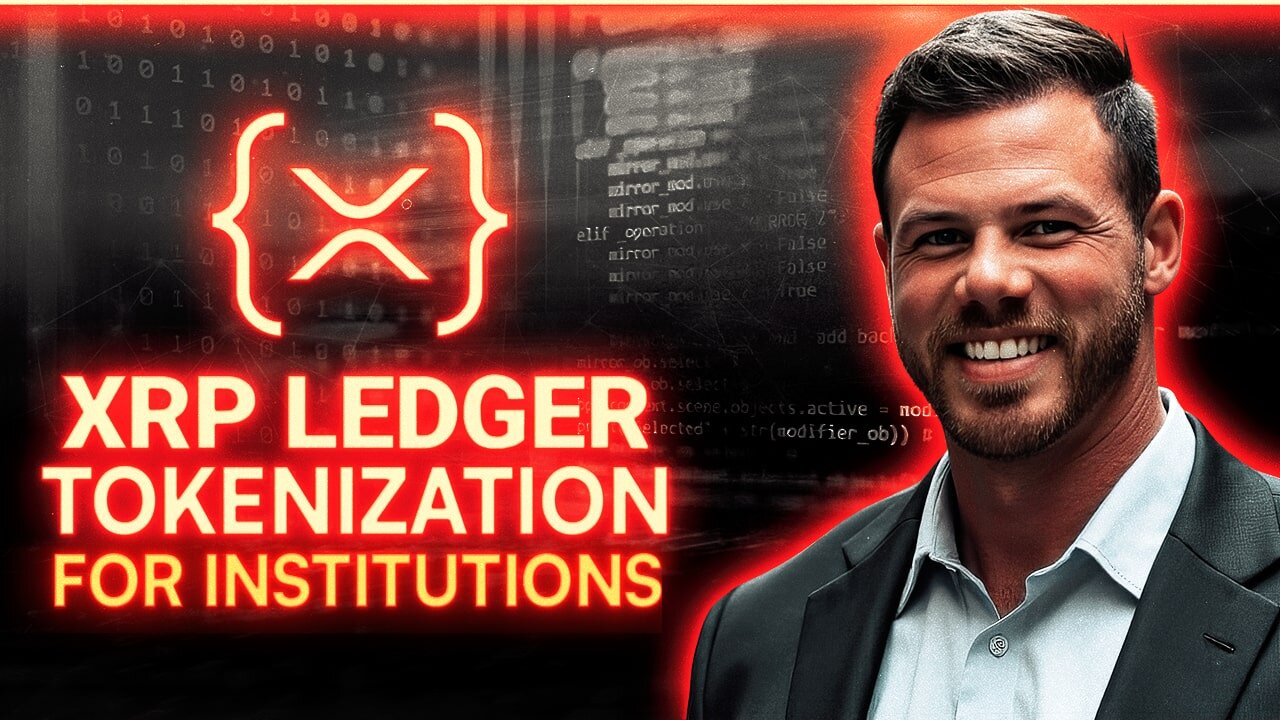Premium Only Content

Why Banks and Institutions Are Choosing the XRP Ledger for Real World Asset Tokenization
Join my private community at https://www.beyondbroke.com and get a free month trial with the code BEYONDBROKE1MO
An increasing number of large financial institutions are quietly pivoting toward the XRP Ledger as their preferred infrastructure for tokenizing real-world assets, moving away from earlier interest in platforms like Solana and Ethereum. This shift seems to be driven by a combination of new technical upgrades and features that speak directly to institutional needs, particularly in terms of compliance, efficiency, and scalability.
Among the recent changes that have drawn attention are native support for NFTs at the protocol level, which eliminates the need for external smart contracts, and a built-in automated market maker mechanism that allows capital to grow without immediate tax implications—at least until assets are withdrawn. There are also developments underway, including lending systems where loans can be backed by tokenized real estate and similar property-based assets.
From a compliance perspective, the XRP Ledger appears to be adapting in ways that reflect what banks actually ask for behind closed doors: tools like decentralized identity to streamline Know Your Customer (KYC) checks, fraud-mitigation safeguards such as clawback controls, and even the ability to freeze certain assets when required by law.
What might be most noteworthy is the upcoming amendment for a multi-purpose token standard—something that would allow assets on the ledger to carry embedded features like shareholder voting rights and structured dividends. In practice, this could pave the way for fully tokenized stock markets within the next few years, possibly by 2026.
Taken together, these updates point to why XRP is starting to edge ahead in conversations around institutional-grade DeFi infrastructure. From tokenized real estate and cross-border settlements to price feeds, decentralized exchanges, and compliance tooling, this ledger seems to be moving closer to what traditional finance actually needs from blockchain—not just in theory, but in practice.
-
 1:45:15
1:45:15
Jake Claver
1 month ago $0.60 earnedJake Claver Live - XRP & Digital Assets Q&A Livestream
547 -
 LIVE
LIVE
Redacted News
2 hours agoBREAKING! KASH PATEL'S FBI SHUTS DOWN CHARLIE KIRK ASSASSINATION FOREIGN INTEL PROBE BY JOE KENT
6,596 watching -
 LIVE
LIVE
Dr Disrespect
6 hours ago🔴LIVE - DR DISRESPECT - ARC RAIDERS - SOLO RAIDING THE GALAXY
1,418 watching -
 1:12:37
1:12:37
vivafrei
3 hours agoTexas A.G, Sues J&J over Autism Claims! VIva Goes Honeybadger on Liberals! Hasan Piker & MORE!
89.3K31 -
 3:19:22
3:19:22
Barry Cunningham
3 hours agoPresident Trump Talks China | Mike Johnson Shutdown Day 30 | Reacting To JD Vance Questions At TPUSA
24.4K6 -
 LIVE
LIVE
LFA TV
20 hours agoLIVE & BREAKING NEWS! | THURSDAY 10/30/25
1,178 watching -
 14:54
14:54
The Kevin Trudeau Show Limitless
1 day agoThe Hidden Force Running Your Life
35.6K6 -
 LIVE
LIVE
freecastle
5 hours agoTAKE UP YOUR CROSS- Do not be deceived: 'Bad company ruins good morals.
110 watching -
 1:54:04
1:54:04
The HotSeat
2 hours agoWatching Them Implode.....Fun To Watch!!!
14.3K4 -
 LIVE
LIVE
Owen Shroyer
2 hours agoOwen Report - 10-30-2025 - Trump Threatens To Bring Back Nuclear Bomb Testing
1,183 watching